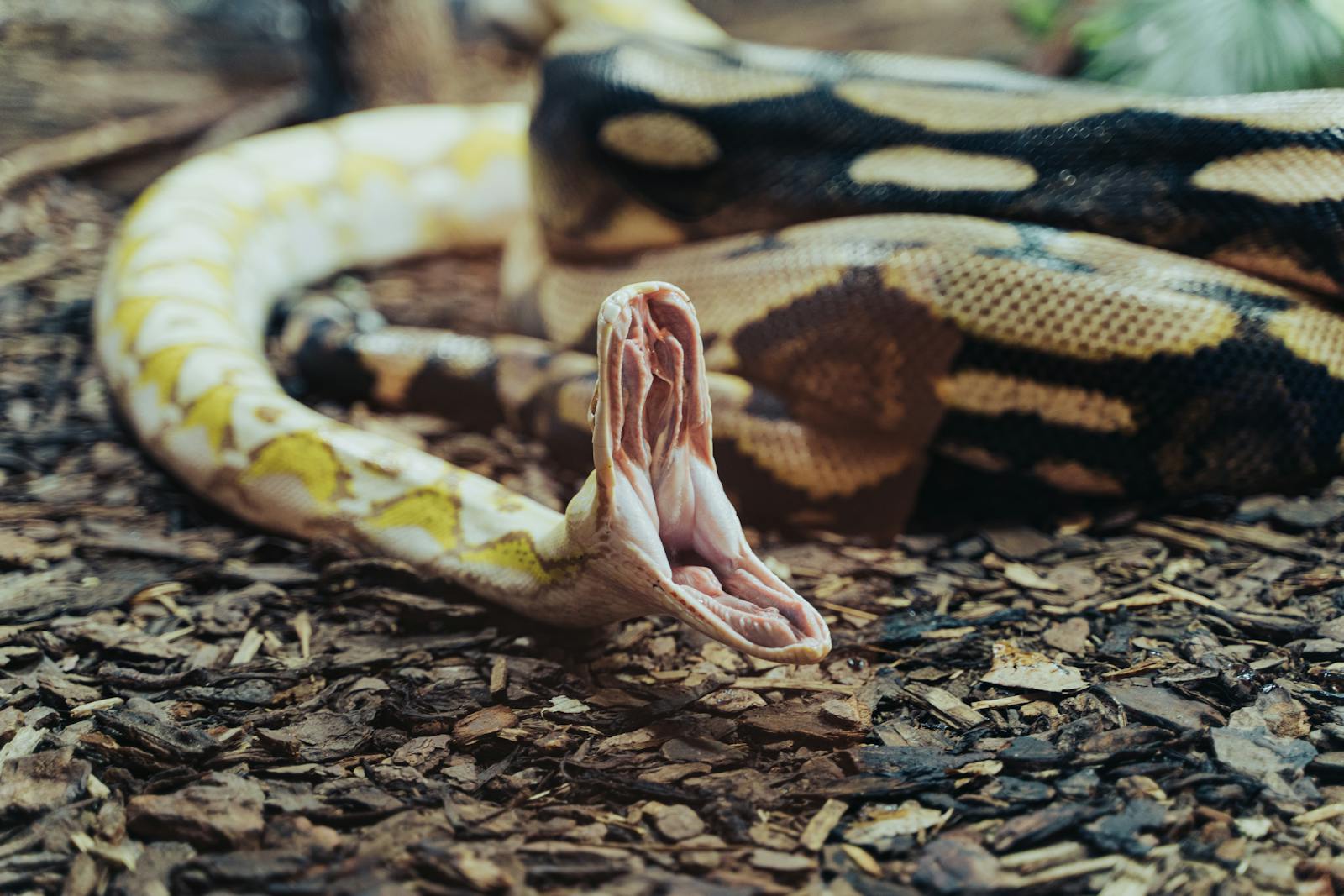The fascinating world of snake color mutations has captivated reptile enthusiasts and breeders for decades. These genetic anomalies produce striking color patterns and variations that differ dramatically from wild-type specimens, creating some of the most visually stunning reptiles on the planet. Color mutations in snakes arise from genetic alterations that affect pigment production, distribution, or expression, resulting in snakes with extraordinary appearances that rarely occur in nature. Beyond their aesthetic appeal, these mutations offer valuable insights into reptile genetics and inheritance patterns. This article explores ten of the most remarkable snake color mutations, their genetic foundations, and what these variations reveal about reptile biology and evolution.
Albinism: The Complete Absence of Melanin

Albinism represents one of the most recognizable reptile mutations, characterized by a complete absence of melanin, the pigment responsible for dark coloration. Albino snakes typically display white, yellow, or pinkish bodies with red or pink eyes due to visible blood vessels beneath the iris. This recessive genetic mutation affects the tyrosinase enzyme pathway, which is necessary for melanin production. While visually striking in captivity, albino snakes rarely survive in the wild due to increased visibility to predators, susceptibility to solar damage, and impaired vision. The mutation has been documented in virtually every snake species and has become a foundational mutation upon which many designer morphs are built in the captive breeding industry.
Leucism: The Partial Pigment Loss

Unlike albinism, leucism results from a partial loss of pigmentation affecting multiple types of pigment cells, not just melanin. Leucistic snakes typically appear white or pale in color but crucially retain their normal eye coloration, distinguishing them from true albinos. This mutation affects the migration and development of pigment-producing cells during embryonic development rather than interrupting the actual pigment production process. Leucistic snakes sometimes display patches of normal coloration mixed with white areas, creating a piebald effect in partial expressions of this mutation. The condition varies in expression from subtle reduction in pattern intensity to nearly pure white specimens with just small areas of normal pigmentation, making each leucistic snake uniquely patterned.
Axanthism: The Blue-Hued Anomaly
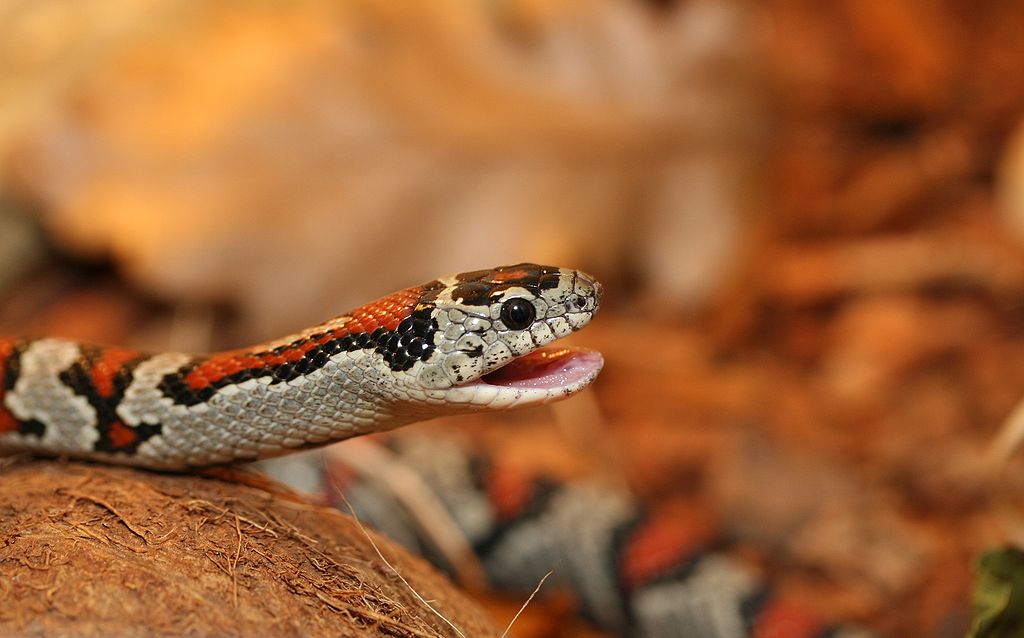
Axanthism occurs when a snake lacks the ability to produce yellow pigments (xanthophores), resulting in specimens that appear predominantly blue, silver, or gray. This unusual mutation is particularly striking in species that normally display vibrant yellow or green coloration, such as green tree pythons or emerald tree boas, where the absence of yellow pigment reveals underlying blue structural colors. Axanthic snakes retain their normal black patterns and markings, creating a high-contrast appearance that many enthusiasts find appealing. The genetics of axanthism are typically recessive, requiring both parents to carry the gene for offspring to express the trait. When combined with other mutations like albinism, axanthism can produce snakes with exceptionally unique colorations that command premium prices in the reptile hobby.
Anerythrism: The Red Pigment Deficiency
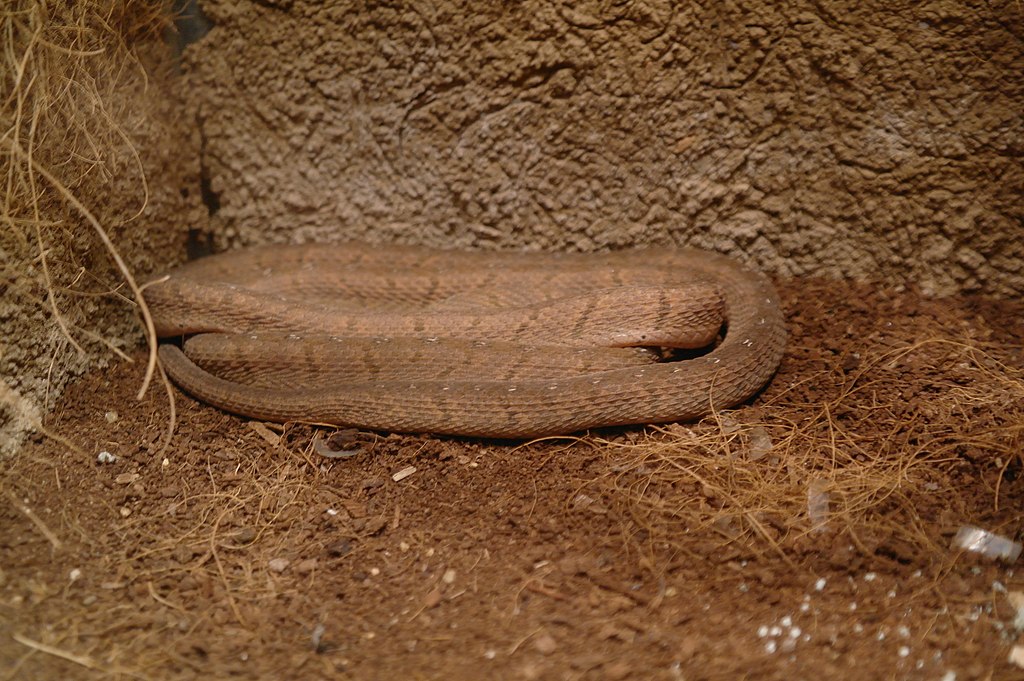
Anerythristic snakes lack the ability to produce red pigments (erythrophores), resulting in specimens that appear primarily black, gray, and white with bluish undertones. This mutation is particularly dramatic in species that normally display significant red components in their coloration, such as corn snakes and milk snakes. Anerythristic specimens retain normal black pigmentation and patterns, but areas that would typically show red or orange appear gray or silver instead. The genetic basis for anerythrism varies by species but is typically inherited as a simple recessive trait. Interestingly, when combined with other mutations like albinism, anerythrism can contribute to complex designer morphs that display unique color combinations not seen in nature, demonstrating how selective breeding can produce novel phenotypes by combining different genetic mutations.
Melanistic: The Dark Overexpression
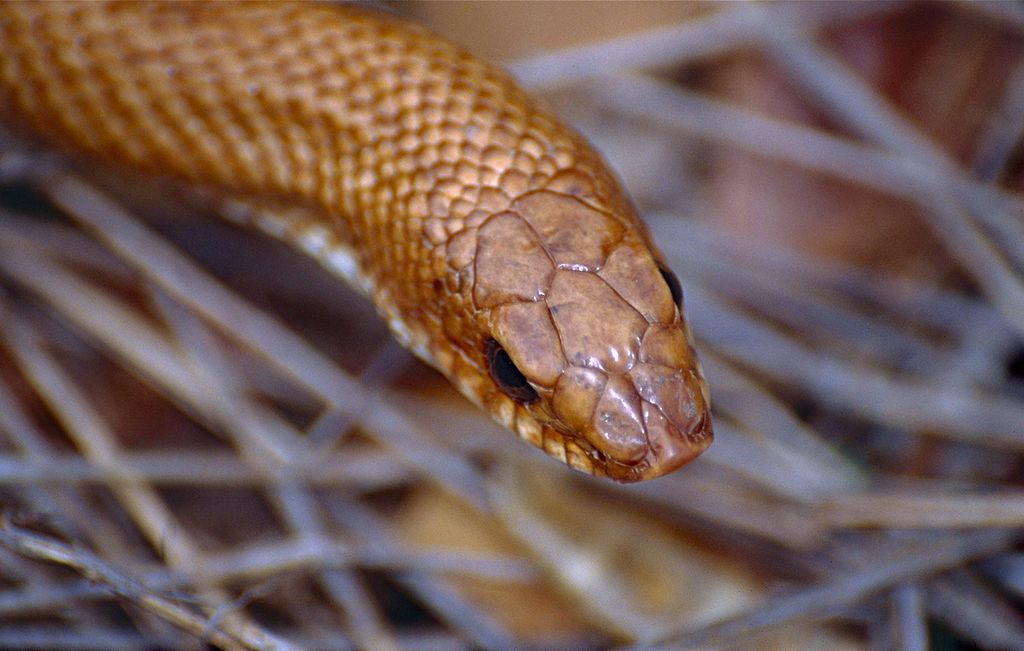
Melanism represents the opposite extreme of albinism, characterized by an overproduction of black or dark brown melanin pigment that creates an almost uniformly black snake. This mutation occasionally occurs naturally in wild populations and may offer selective advantages in certain environments, particularly cooler regions where dark coloration aids in thermoregulation by absorbing more solar radiation. Melanistic snakes often retain faint patterns visible under bright light, appearing as darker markings against an already dark background. The genetic basis for melanism varies across species, sometimes appearing as a dominant trait and other times as recessive. Famous examples include melanistic eastern indigo snakes and “black morphs” of jaguar carpet pythons, which display an intensely dark, velvet-like appearance that dramatically contrasts with their typically patterned counterparts.
Piebaldism: The Patchwork Pattern
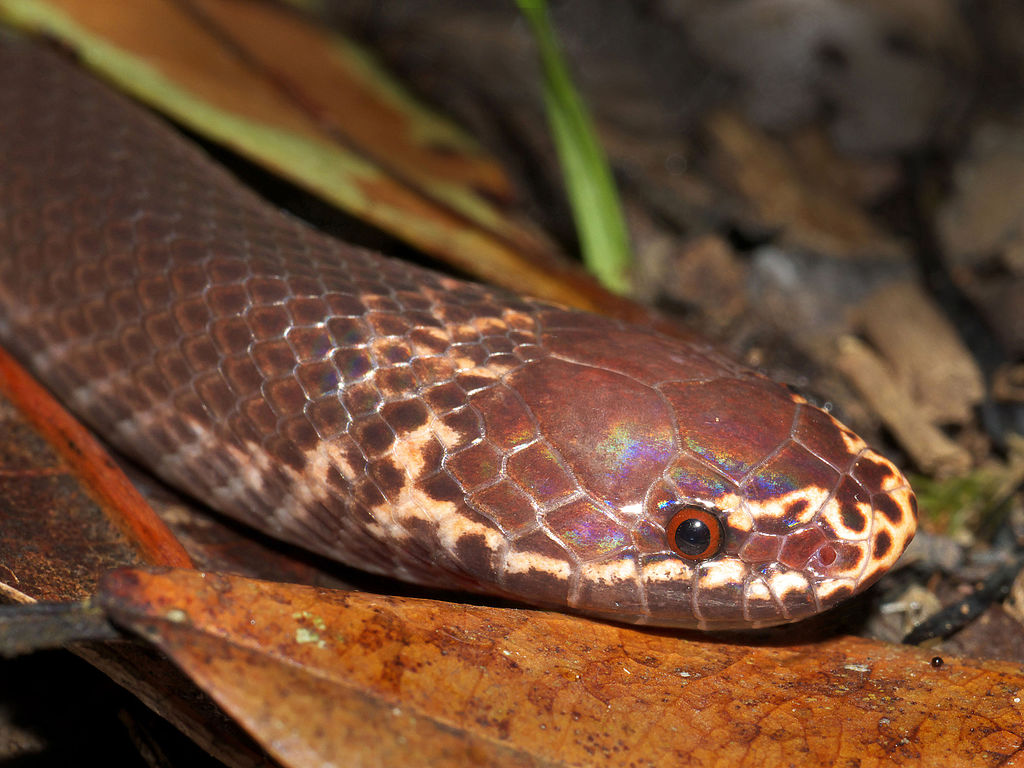
Piebald mutations create one of the most visually distinctive appearances in the reptile world, characterized by unpredictable patches of normal coloration interspersed with areas completely lacking pigmentation. The unpigmented regions appear brilliant white, creating a striking patchwork pattern that varies dramatically between individuals, making each piebald snake essentially unique. This mutation affects the migration of pigment cells during embryonic development, leading to areas of the body that completely lack color-producing cells. The piebald mutation has become particularly popular in ball pythons, where specimens with higher percentages of white coloration typically command higher prices in the specialty pet trade. Genetically, piebaldism is inherited as a simple recessive trait in most species, requiring both parents to carry the gene for offspring to display the phenotype.
Hypomelanism: The Reduced Dark Pigment

Hypomelanistic snakes exhibit reduced melanin production without complete elimination, resulting in specimens with significantly lightened appearances compared to normal individuals. Unlike albinos, hypomelanistic snakes still produce some melanin, giving them a washed-out or pastel version of their species’ typical coloration with enhanced reds, yellows, and oranges that would otherwise be muted by darker pigments. This mutation affects the quantity rather than the complete presence or absence of melanin production. Hypomelanism has been documented across numerous snake species and usually follows simple recessive inheritance patterns. The visual effect varies considerably between species, with some hypomelanistic specimens appearing only slightly lighter than normal while others display dramatically enhanced color contrast and brightness, particularly in species with naturally vibrant coloration like corn snakes and kingsnakes.
Caramel: The Bronze Mutation

The caramel mutation creates a distinctive bronze or copper-toned appearance by altering melanin expression without eliminating it completely. Unlike hypomelanism which simply reduces melanin, caramel mutations change the structure or appearance of the melanin itself, resulting in a warm, metallic hue that replaces normal black pigmentation. This mutation is particularly striking in species with banded patterns like corn snakes and kingsnakes, where the normal black bands take on a rich copper tone. Caramel mutations typically follow recessive inheritance patterns and have been selectively bred in various species to enhance the intensity of the coloration. When combined with other mutations like albinism or hypomelanism, caramel genes can produce complex designer morphs with subtle color variations that are highly prized in the captive breeding community.
Pastel: The Color Enhancer
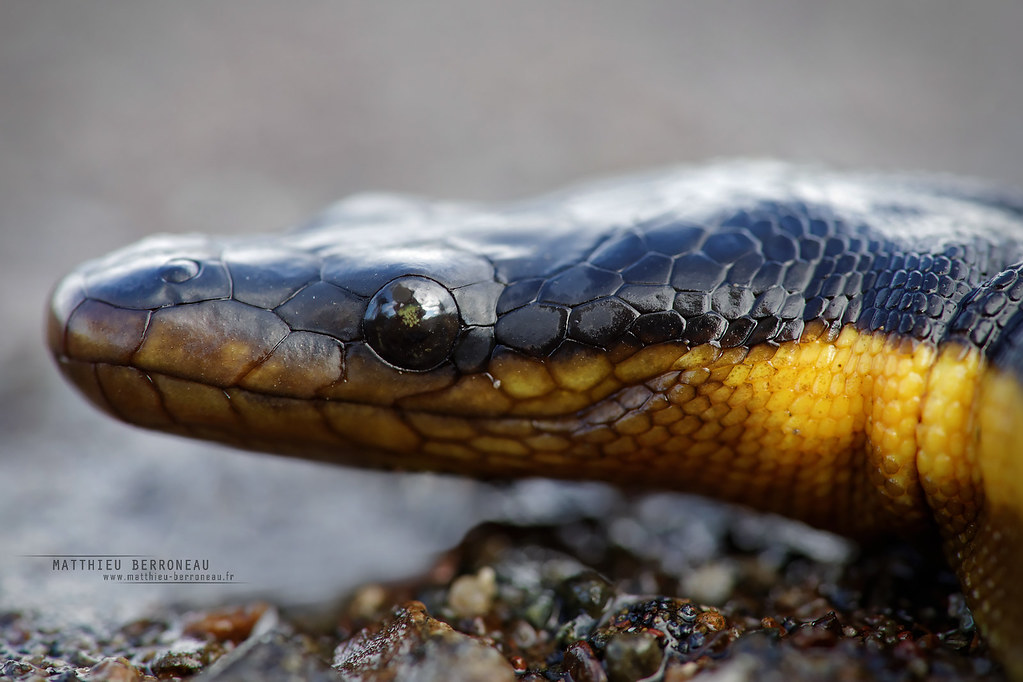
The pastel mutation creates a brightening effect across a snake’s entire coloration, enhancing existing colors while softening darker elements to create a more vibrant overall appearance. Unlike mutations that eliminate specific pigments, pastel mutations modify how existing pigments are expressed, typically lightening dark colors while intensifying yellows and browns. In ball pythons, where this mutation first gained popularity, pastel specimens display enhanced yellow tones, brightened patterns, and a distinctive “clean” appearance compared to normal individuals. What makes pastel mutations particularly valuable in breeding projects is their co-dominant inheritance pattern, meaning that even heterozygous individuals (carrying one copy of the gene) display visible changes, while homozygous specimens (carrying two copies) show even more dramatic color enhancement. Pastel mutations combine exceptionally well with other color morphs, serving as a foundation for many complex designer combinations.
T+ Albino: The Tyrosinase-Positive Variation

T+ albinism represents a unique variant of albinism where the tyrosinase enzyme remains partially functional, allowing limited melanin production. Unlike traditional (T-) albinos that produce no melanin whatsoever, T+ albino snakes retain the ability to produce small amounts of melanin in specific areas, resulting in specimens with light brown or subtle gray markings instead of the complete absence of dark pigmentation. This mutation creates a distinctive appearance with warmer tones and subtle patterning that distinguishes these snakes from both normal individuals and complete albinos. T+ albinism occurs in several species but is particularly well-documented in boa constrictors and certain rat snake species. The inheritance pattern follows standard recessive genetics, requiring two copies of the gene for visual expression, and creates unique opportunities for complex breeding projects when combined with other color mutations.
Genetic Significance of Color Mutations
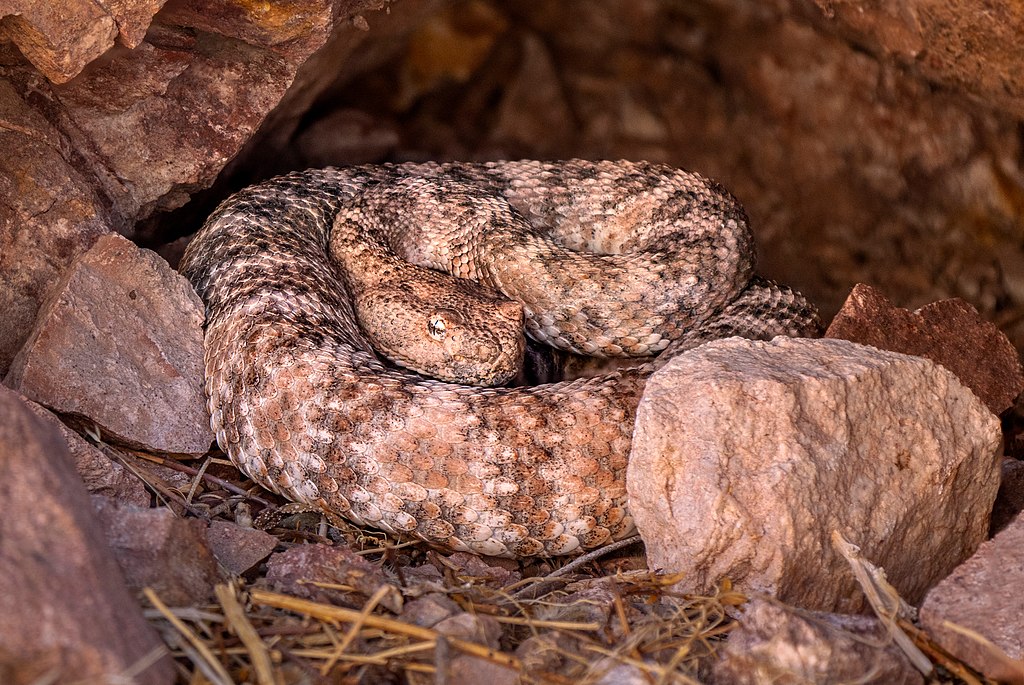
Beyond their aesthetic appeal, snake color mutations provide valuable insights into reptile genetics and developmental biology. These natural genetic experiments reveal the complex interplay between genes controlling pigment production, distribution, and expression during embryonic development. Studying these mutations has helped scientists identify specific genes involved in color production across vertebrate species, revealing evolutionary conservation of pigmentation pathways across widely divergent animal groups. Additionally, the inheritance patterns of these mutations serve as excellent models for demonstrating basic genetic principles like dominance, recessiveness, and co-dominance in educational settings. The reptile breeding industry’s meticulous record-keeping of inheritance patterns has sometimes preceded formal scientific documentation, creating a unique collaboration between hobbyists and researchers in understanding the genetic basis of these fascinating color variations.
Conservation Implications and Ethical Considerations
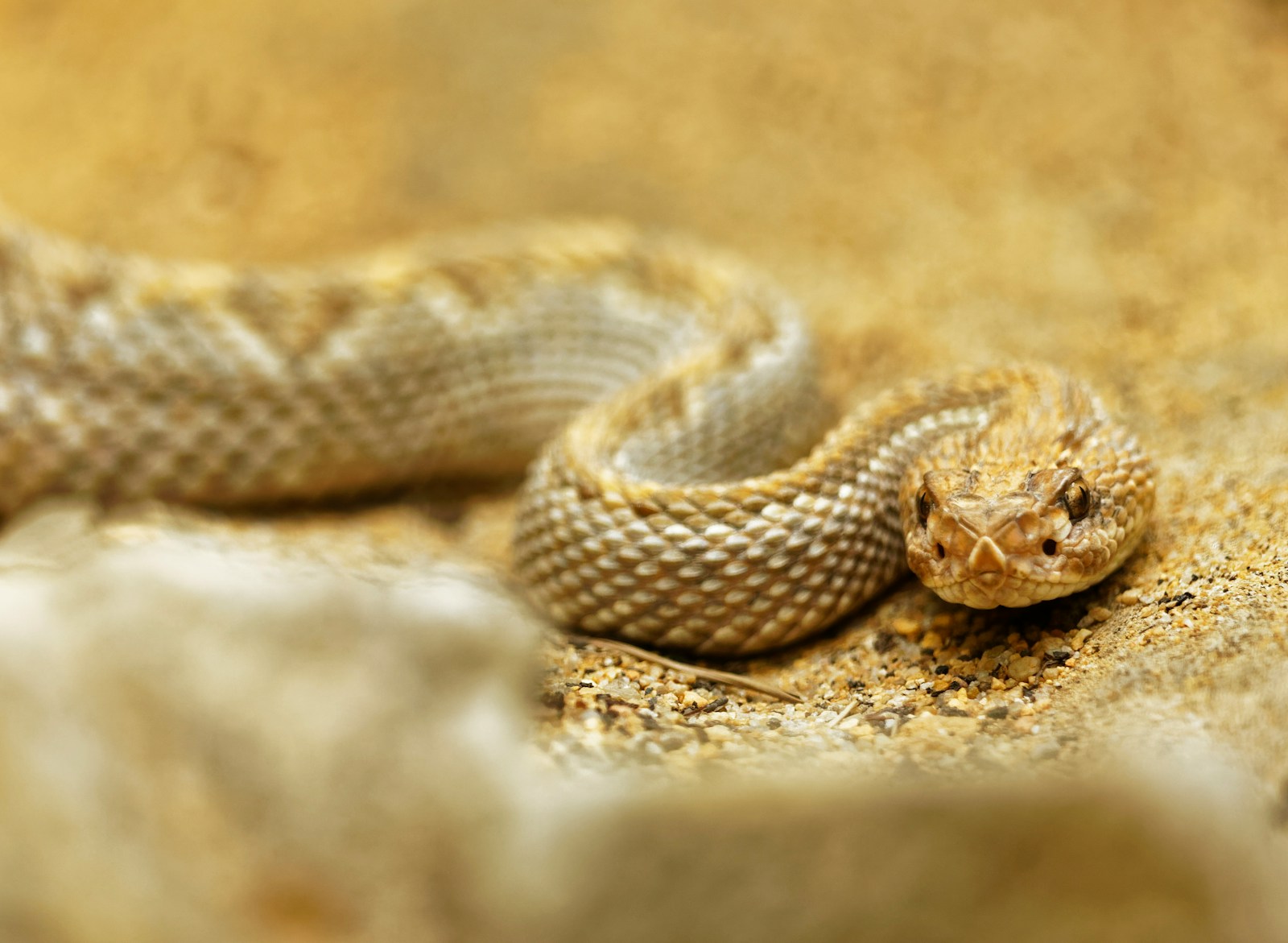
While color mutations create captivating specimens highly valued in the pet trade, they raise important conservation and ethical considerations. Most dramatic color mutations would be severely disadvantaged in the wild due to increased predation risk, thermoregulatory challenges, or impaired vision, highlighting why these variants remain exceedingly rare in natural populations. The high commercial value of rare color morphs has unfortunately contributed to illegal collection of wild specimens in some regions, threatening natural populations. Additionally, some mutation combinations can create health complications, including neurological issues, spinal deformities, or reduced fertility, raising ethical questions about breeding practices that prioritize appearance over animal welfare. Responsible breeders maintain careful records of genetic lineages and avoid pairings known to produce health issues, ensuring that the fascination with color mutations doesn’t come at the expense of the animals’ wellbeing.
The world of snake color mutations represents a fascinating intersection of genetics, evolution, and human fascination with natural variation. From the striking absence of pigment in albinos to the rich bronze tones of caramel mutations, these genetic variations create some of the most visually captivating reptiles on the planet. As our understanding of the genetic mechanisms behind these mutations continues to grow, so too does our appreciation for the complex biological processes that create the diversity of colors and patterns throughout the animal kingdom. For reptile enthusiasts, these mutations offer endless possibilities for selective breeding projects, while for scientists, they provide valuable models for studying pigmentation genetics across vertebrate species. Whether admired for their beauty or studied for their biological significance, snake color mutations will undoubtedly continue to fascinate both casual observers and dedicated researchers for generations to come.

